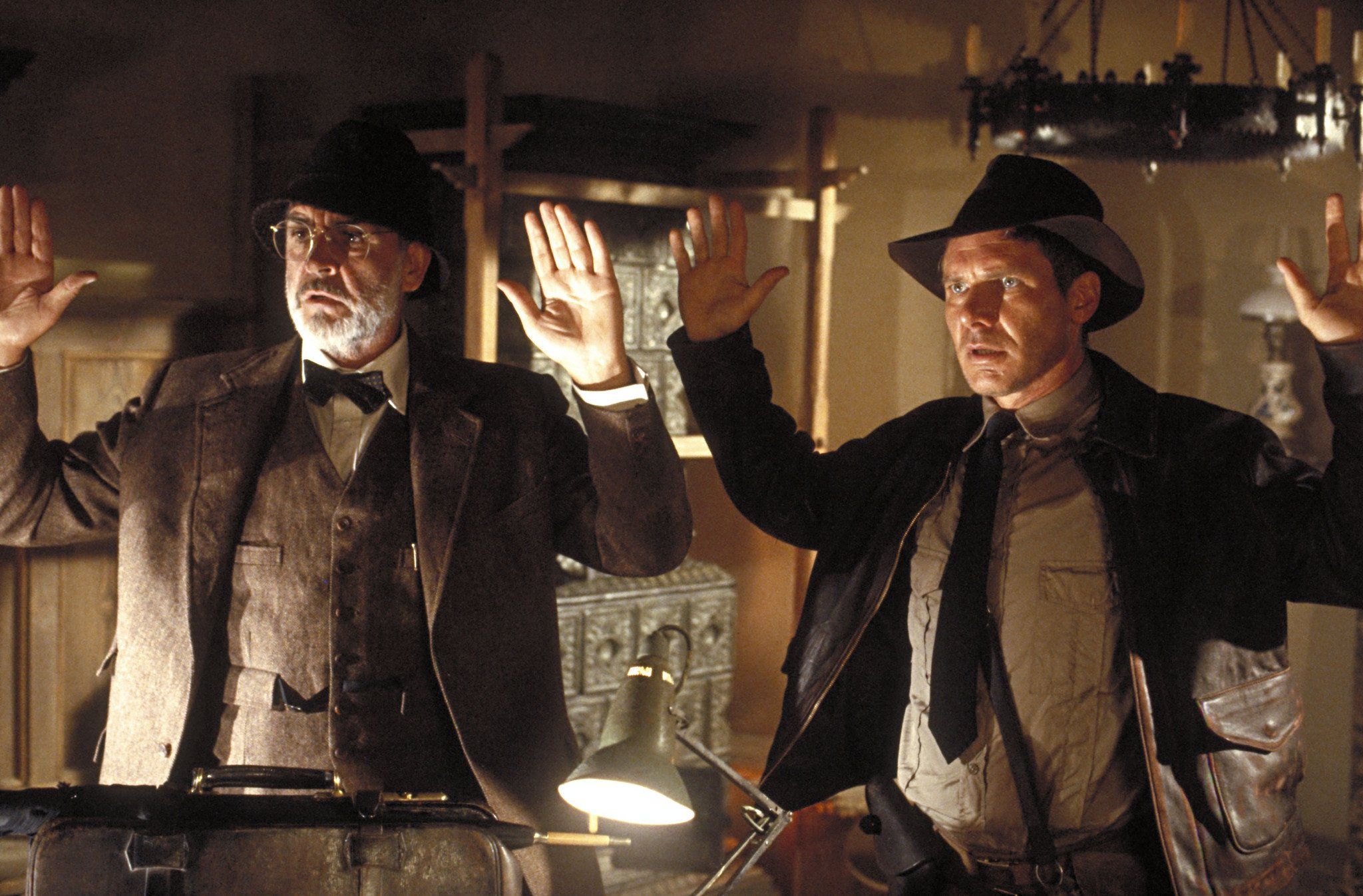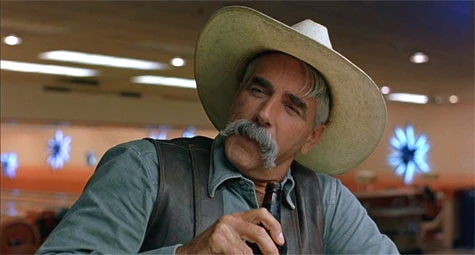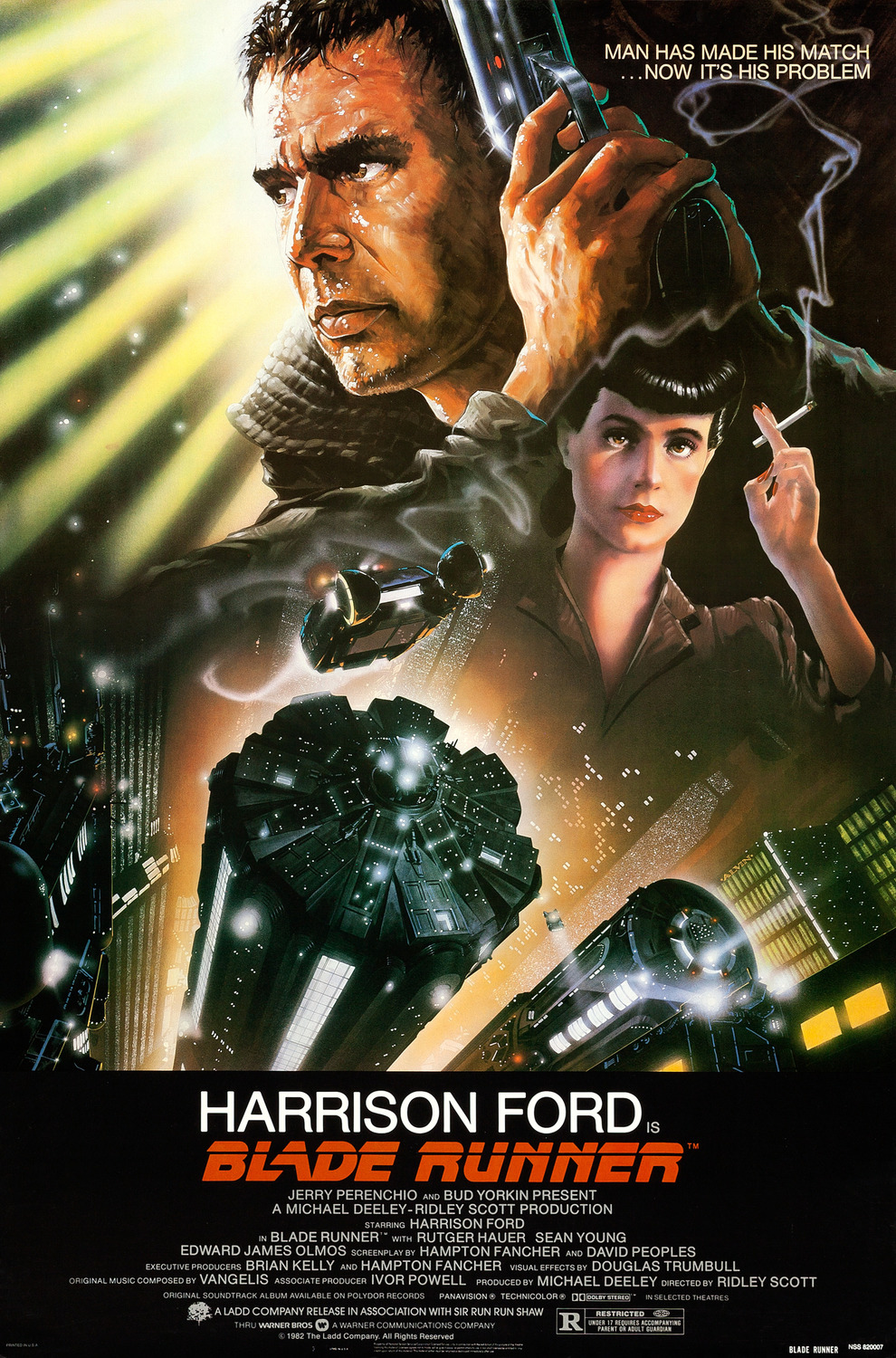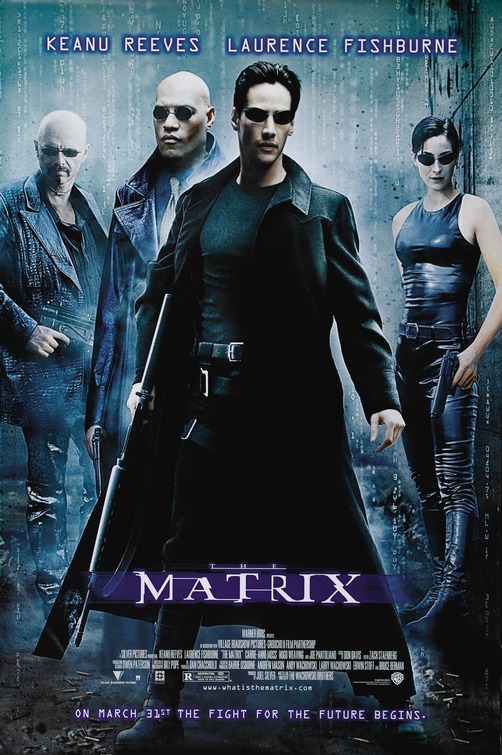 |
| Fig 1. |
“Indiana Jones And The Last Crusade” (1989) dir. Steven Spielberg is the third outing of the popular film franchise starring Harrison Ford as Dr. Henry (Indiana) Jones, Jr. An Archaeologist, teacher and on occasion, foiler of Nazi plots to rule humanity through the use of religious artefacts containing untold power. He’s helped Aliens too, but that’s something not often spoken about. In this particular yarn Indiana Jones learns of the disappearance of his father, a distant man with an obsession on the holy grail who is forced into helping Nazi’s seek out the grail for nefarious reasons. Though the main focus here is in showcasing the extremely fractured relationship Indy has with his father, and further, knowingly parading their similar natures to the audience for some interesting and effective comedic moments. After all, it’s not all grim on a race to stop the Nazi’s from finding the grail.
In talking about the characters within this third outing, examples will be made by focusing on Indiana Jones himself, and his father, Henry Jones Sr. To start, it would be pertinent to mention the broken family dynamics at play here. There is untold resentment between the two characters from the offset, and indeed, throughout the first half hour of the film the audience doesn’t see Jones Sr. though his presence looms over Indy from the offset.
 |
| Fig 2. |
In describing Indy’s personal history - including events in “Temple of Doom” (1984) & “Raiders Of The Lost Ark” (1981) - At this point in the series of films, Indiana Jones is in his late thirties, and, one can assume from his good standing at his job and the general acceptance that he is well liked amongst his colleagues that his social life is good, though with the addition of the prologue segment of the film detailing one of Indy’s first adventures as a 13 year old boy we learn that his relationship with his father is strained to say the least. The main experiences that define his existence at this point in life are his interactions at work as a teacher, his friendship with Marcus Brody and his occasional work for the museum sourcing artefacts. His achievements, listed, read as him being an intelligent and deducive archaeologist, being physically fit and generally lucky. His interests are aligned with this as archaeology and the pursuit of fact are synonymous with his character. In terms of moral compass and core character concepts, all that’s really needed of the character is a single catchphrase - “That belongs in a museum” - its usage describing Indy’s moral outrage at the thought of people profiting from relics that he feels should be on display for the benefit of mankind and its understanding of past cultures.
In the overarching story of Indiana jones, his “personal world” is the everyman’s quest for universal knowledge, though in this installment this changes and instead Indy’s personal world becomes “estranged son seeking to find and reconcile with his father”. The external world is that of the Fantasy real. A world that is based on reality up to the point when the McGuffin with reality altering principles is discovered, in this instance, the “Holy Grail”
Indiana Jones doesn’t seem to contain any tragic faults, or even a major fault, instead just being comprised of a few minor faults, one being the scar across his chin, the other being his fear of snakes. Though this does seem quite deliberate as he’s a hero modelled on a very clean and reserved set of heroes stemming from old RKO pictures.
 |
| Fig 3. |
In terms of “Ins/Outs” Indy’s Ins are his heroic nature, his idealistic outlook and his self sufficient nature brought on by having a disinterested father. In reaction to this, his Outs are his need to protect, not only people but important relics or knowledge itself, but his self sufficiency also comes out as being brash, overconfident and bullheaded, especially when it comes to clashing with his father. This dichotomy can be seen clearly in the early scenes featuring the two characters, Simon Brew writing for Den Of Geek notes that “What's interesting is that the power in their relationship keeps shifting slightly. In the early stages, Senior's disapproval of Junior bringing the Grail diary to the castle is there to be seen. Then, when Senior manages to shoot down the plane that they happen to be in at the time, it's very much Junior who's in control” (Brew, 2014) It can be inferred from this that the dualism at play here, then, is because of the lack of attention Indy received from his father, he seeks to silently outdo him in order to prove his worth, and perhaps to gain his Father's lost affection, certainly in this installment that could be true.
These link into his character’s “Wants” as his goal for this movie is to find his father, and ultimately prove whether his father's obsession over the Holy Grail was worth throwing their time together away for. In terms of character arcs, this means that Indy starts the movie disconnected from his father, lacking that guiding hand in his life but the film finishes with a firm reconciliation between the two. There is a particular scene which showcases this change, wherein Indy is thrown into a chasm as the temple of the grail falls to pieces around them, Henry Jones Sr. is holding onto his hand as Indy reaches for the Holy Grail - which is precariously teetering on a small ledge - Henry Sr. tells his son to “Let it go”, but it is delivered with a cadence that suggests that he is talking as much to himself as he is talking to his son, reminding Indy of his true quest, which was to find his Father.
The second character to focus on is Henry Jones Sr. himself. There seems to be enough here, in his interplay with his son Indy, that would suggest that Henry is a somewhat antagonistic presence in Indy’s life. In terms of his personal history, it is apparent that he is in his late 60’s, a man of a different time of that of his son, his health seems to be in good order, and his only family is Indy himself, as it is described through some offhand dialogue that his wife (Indy’s mother) died of an undisclosed illness years before “Temple Of Doom” (1984) takes place. As he is a Doctor like his son, it is safe to assume that he is educated to a university level. Past that, we discover that his home is a bit of a mess, suggestive of a lack of care for anything that doesn’t relate to his obsession over the Grail quest, and also suggestive of a man not concerned with everyday life since the passing of his wife, and the apparent disdain from his son.
His personal world is similar to his sons, which is another reason for their conflict. In fact, they are practically the same man according to Mandy Curtis writing for Birth.Movies.Death “Henry and Indy are the ultimate in dysfunctional relatives, in part because they’re practically the same man.” (Curtis, 2014) He is an experienced archaeologist, and imposes strict paternal authority on his son. The dualism at work in his character stem from his ins - experienced, wise, strict and single minded - and his outs - his keen intelligence, which in turn make him seem arrogant and cold towards his son. His wants, therefore, are obvious, as they are the drive of the movie; To find the Holy Grail, though this is a subversive want, as by the end, he finds something more valuable than the Grail, his son. At the beginning of the film his want to find the grail can be suggested to be his internal need for meaning and knowledge; at the conclusion however, his son heals his wounds with the grail that he no longer wants, his need to find meaning is still quenched by this as he find it in his role as a father.
Henry Jones Sr. has a few minor faults, the first being his fear of rats and the second being his arrogance. It could also be suggested that he contains a major or tragic fault, as ultimately his obsession with the Grail quest puts his friends and family in danger, and also results in his shooting at the hands of Nazi sympathiser and rival Grail seeker “Walter Donovan”. In the absence of the Grail McGuffin, Henry would have died, so it is interesting to consider his obsession a tragic fault.
 |
| Fig 4. |
There is a poignant scene that suggests Henry is about to change his ways when Indy seemingly falls to his death along with a Tank and a Nazi officer. Henry stares into the chasm lamenting that he’s wasted the time he could have had with his son; Indy then joins him in looking down into the chasm, much to Henry’s disbelief. He quickly reverts back to his stoic and distant ways, perhaps in fear of showing Indy how much he actually cares. So, at the beginning of the scene, Henry starts off upset, emotional, finally about to show how much he cares for his son, and ends it on an even kilter, baiting us with the resolution we now want to see between the two characters.
The real conflict in “Indiana Jones And The Last Crusade” really stems from the father/son dynamic on display here. Because Indy never received the attention of his Father, and in fact, began to see him in an adversarial light, Indy sought to outdo and forget about his Father. It is Indy’s struggle against paternal authority and Henry’s strict insistence of making sure Indy is self reliant that drives the characters into conflict, his quest that pushes them towards the Nazi’s and the Holy Grail, and Henry’s respect becomes the true prize at the end of the film.
“Indiana Jones And The Last Crusade” is an evocative exploration of father/son dynamics, framed within an exceptionally well put together pulp action narrative. It is in the sparks created by these two characters that the plot is driven forwards, and we are treated to a very believable and raw portrayal of reconciliation.
Bibliography
Illustrations
Fig 1. Indiana Jones And The Last Crusade Poster. [image] Available at: http://cdn.collider.com/wp-content/uploads/indiana-jones-and-the-last-crusade-poster.jpg [Accessed 23/10/2016]
Fig 2. Hands Up. [image] Available at: http://cdn.collider.com/wp-content/uploads/indiana-jones-and-the-last-crusade1.jpg [Accessed 23/10/2016]
Fig 3. Indy, Marcus and Elsa in Venice. [image] Available at: https://blogger.googleusercontent.com/img/b/R29vZ2xl/AVvXsEhBKNiuepog5oT9Dz7abp3mpXvBcsDAyXnn81nh2Or2g3zdjQ8vMd4qOdenZ-VsWuOOa38vOMom7UENT1HR8OJkzvDIkilQJIwy9TrqTdmSzIC_OBdbzQoxoqN6DZl81jyln0mOcFx4Oe2C/s1918/Screen%252520shot%2525202014-04-03%252520at%25252010.50.38%252520AM.png [Accessed 23/10/2016]
Fig 4. Henry. [image] Available at: http://www.bondsuits.com/wp-content/uploads/2011/10/Indiana-Jones-and-The-Last-Crusade-Connery-Suit-4.jpg [Accessed 23/10/2016]
























